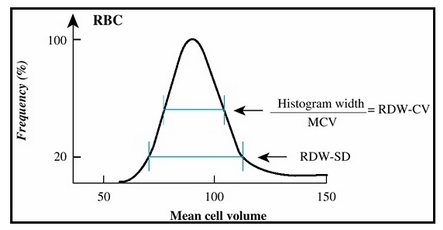A health care professional will take a sample of your blood by using a small needle to draw blood from a vein in your arm. The needle is attached to a test tube, which will store your sample. When the tube is full, the needle will be removed from your arm. You may feel a little sting when the needle goes in or out. This usually takes less than five minutes.
After the needle is removed, you'll be given a bandage or a piece of gauze to press over the site for a minute or two to help stop the bleeding. You may want to keep the bandage on for a couple of hours.



 Contact Us
Contact Us







 Hospitals
Hospitals
 Doctors
Doctors
 Diagnostic
Diagnostic
 Pharmacy
Pharmacy
 Health Tips
Health Tips
 Blog
Blog

























Comments